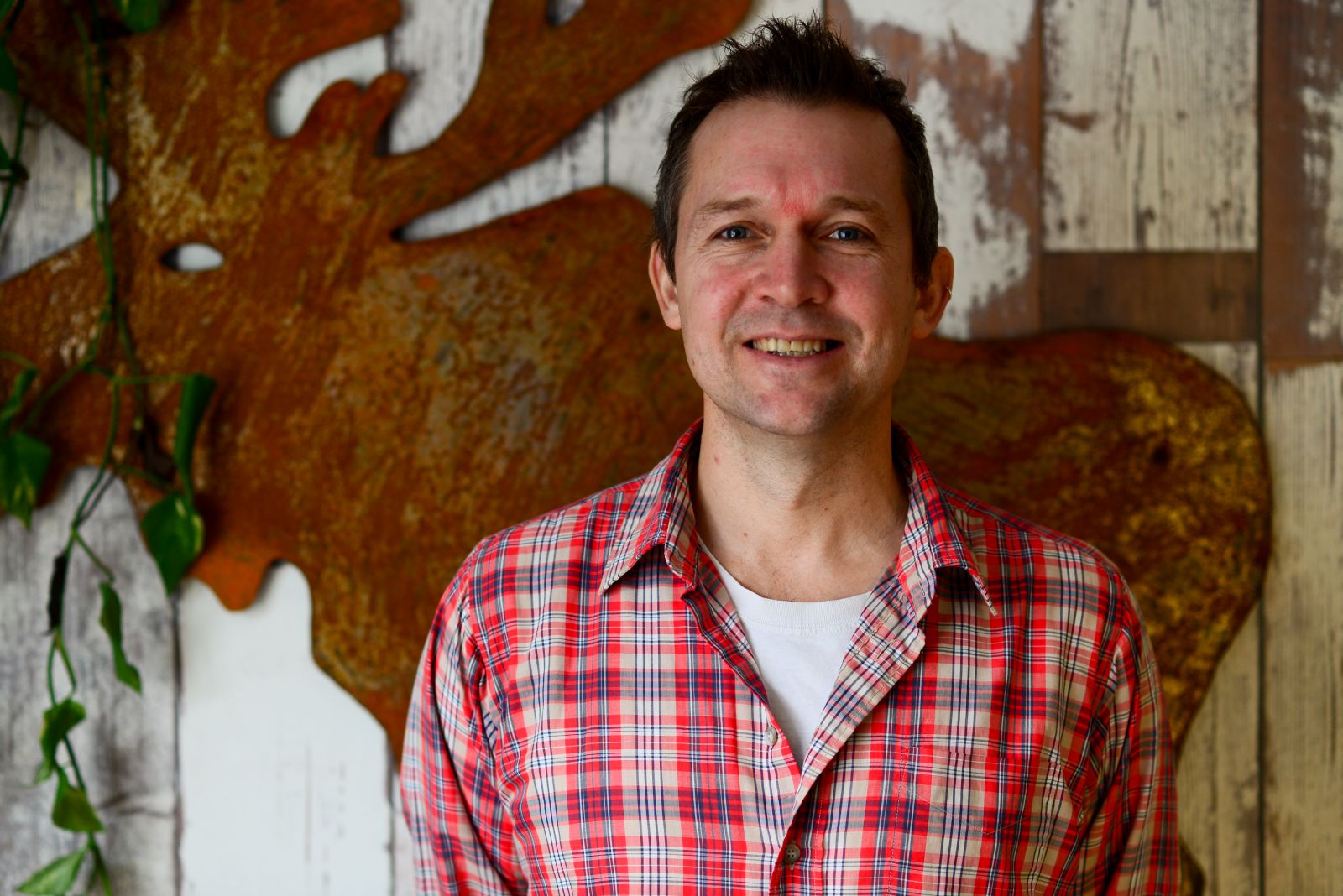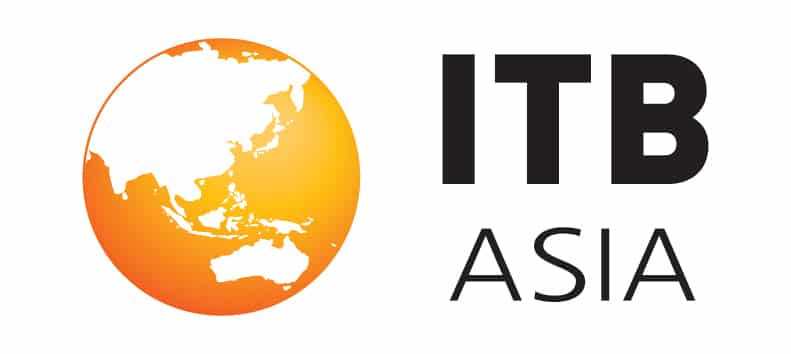Ski resorts can’t plaster over climate change, but can they adapt?

The re-imagining of alpine tourism is a significant challenge – but opportunities abound for those willing to adapt, says Chris Owen, writer at Responsible Travel.
It’s no secret that climate heating is changing traditional alpine seasons.
It’s estimated that a 2+C rise in temperature by 2050 would find the snow line in France rise by 300m. This would mean that 50 of the current 253 French ski resorts would no longer be viable.
In Italy, the story is similar, with 30% of the 292 ski resorts currently operating no longer expected to see snow by 2050. Many of Switzerland’s Haute-Savoie ski resorts are expected to follow suit as poor snow fall, year on year, continues to put livelihoods at risk.
But the mass manufacturing of snow to sustain and prolong seasons is unsustainable. It’s bad for the environment and a drain on natural resources. It also contributes to the very cause of the issue, the climate crisis – as does flying snow in from higher ground.
Adapting to survive
Plastering over the problem isn’t a long-term solution. In an ever-changing and unpredictable climate, resorts have to adapt to survive.
I spoke to Andrej Kralj, a photography tour guide working in Slovenia. His business isn’t reliant on snow – and so he was able to take a more pragmatic approach to winter tourism: "If we don’t get snow on our winter photography trips to the Julian Alps 99% of our guests understand the reasons why – it’s climate change. To be honest, as long as it’s cold, it’s okay. Fog and mist over the lake or in the forest and valleys, for instance, is very atmospheric, just right for photographers. Where we stay, too, gives our photographers lots of opportunities to get some great shots without having to go too far."
Andrej’s tours take place further down Slovenia’s mountain slopes. His photographers get to make the most of Lake Bled without the crowds associated with summer. A locally-owned agritourism farm benefits from guests all year round. The mountain foothills and river valleys below the traditional alpine snow line are often overlooked by tour operators during the winter. Utilising this land for winter walking or nature photography expeditions, for example, is a great way to run tours without the need for snow.
Pioneers reshaping an industry
Climate heating necessitates the re-imagining of alpine tourism. No one underestimates the challenges involved – but fresh opportunities abound for those leaders willing to adapt.
One such pioneering resort was the Gschwender Horn in Immenstadt, Bavaria – which withdrew from ski tourism, due to a lack of snow, at the start of the 1990s. Ski lifts were dismantled and runs were left to return to their natural state. It now functions very well as an alpine activity centre offering hiking and mountain biking in the summer, and snowshoeing and cross-country ski touring in the winter.~
It’s time to allow natural snowfall to dictate when we ski, and embrace the multitude of alternative year-round activities alpine terrain is perfect for.
 Alpine alternatives
Alpine alternatives
We’ve seen a leap in interest in alternative pursuits that aren’t reliant on artificial snow – from winter walking and animal tracking, to guided snowshoeing, cross-country skiing, yoga and well-being retreats.
Already, some ski resorts, such as MoaAlm in Austria, are diversifying to suit a new breed of winter traveller looking for a relaxingly active holiday with a healthy balance of fresh air, activities and great food.
There’s so much to enjoy in an alpine region. Tourism needn’t slide to a stop just because there’s no snow.
Not only do alternative winter – and all-season – activities make sense from an economic point of view, but they also make sense from an environmental perspective, too.
Adapting is a significant – but surmountable – challenge, and there’s a rich future in sustainable year-round alpine tourism for an industry with the ingenuity to imagine it.
Bev
Editor in chief Bev Fearis has been a travel journalist for 25 years. She started her career at Travel Weekly, where she became deputy news editor, before joining Business Traveller as deputy editor and launching the magazine’s website. She has also written travel features, news and expert comment for the Guardian, Observer, Times, Telegraph, Boundless and other consumer titles and was named one of the top 50 UK travel journalists by the Press Gazette.
 United Kingdom
United Kingdom United States
United States Asia Pacific
Asia Pacific












































BA suspending all Heathrow to Abu Dhabi flights
Turkish Airlines flight in emergency landing after pilot dies
Unexpected wave rocks cruise ship
Woman dies after going overboard in English Channel
Foreign Office issues travel advisory for winter sun destinations